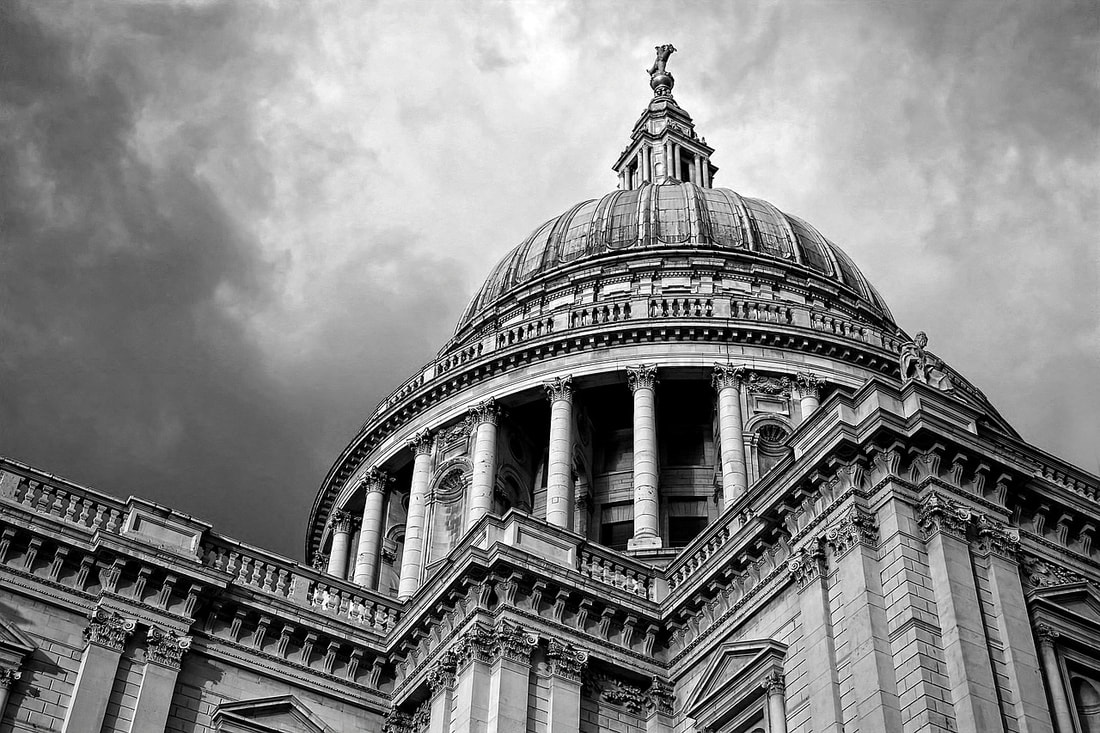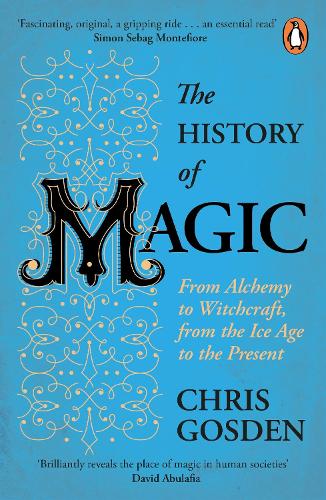|
Landscape, and a sense of place, has always been important in my writing and my new science fiction dystopian novel The Waste is no exception. The novel moves through London, Gippeswic (an alternate version of Ipswich in Suffolk) to the Waste, which is a massive open-air prison covering a large swathe of south-western England. In this blog post, I will cover some of the real-world locations that helped inspire my novel. London Parts of the novel take place in (a much changed) City of London, with buildings such as the Shard, Saint Paul’s Cathedral, Saint Mary Woolnoth church and Liverpool Street Station appearing in thinly veiled forms. This is an area of London steeped in history, which I always find fascinating and enjoy walking around (especially when quieter at the weekends) and it formed an interesting backdrop to parts of the story. Within the novel, these flashes of history also contrast with the society the Seraphim are encouraging humans to build: a society focused only on the present, only on personal gain and pleasure. The inclusion of Saint Mary Woolnoth church is also a nod to The Wasteland by TS Eliot, which inspired some of the imagery in the novel. Avebury World Heritage site The area around Avebury in Wiltshire contains an extraordinary cluster of monuments dating to the Neolithic and Bronze Age, including the famous Avebury Stone circle, Silbury Hill and West Kennet Long Barrow. Having been fortunate enough to visit this area on a few occasions, it is difficult to put into words the atmosphere this landscape exudes. As you walk around the henge and stone circle at Avebury, or face the imposing mass of Silbury Hill, or walk up to the mysterious West Kennet Long Barrow, there is a sense of deep time, of landscape shaped by countless layers of human history. From the earliest stages of writing The Waste, Avebury and the surrounding area always formed a key location in the story. In the book, the henge and stone circle at Avebury appears as Havock, the chief settlement of the dreaded Mohock clan, while Silbury Hill emerges in grisly fashion as their chosen place for executions. West Kennet Long Barrow also has a fleeting but important appearance. One of the reasons Avebury interested me in the first place was the work of artist Paul Nash, who has long been one of my favourite artists. Nash had a profound sense of landscape, with a powerful emotional attachment to certain places such as Avebury and Dymchurch, places which possessed a quality he referred to as the genius loci. Although the Waste is a prison, and a dangerous and savage place, it is also less touched and polluted by the modern world – as well as being at times horrifying, I wanted the Waste to be a dreamlike landscape, rich with a sense of history and symbolism. I believe this quote from Paul Nash encapsulates the sense of what I was reaching for:
"The divisions we may hold between night and day - waking world and that of dream, reality and the other thing, do not hold. They are penetrable, they are porous, translucent, transparent; in a word they are not there." 'Dreams', undated typescript, Tate Archive The settings in The Waste are key elements in the novel, both challenging and revealing the characters, and although this is science fiction, they help achieve a sense of reality and history. The Waste is out now, available in eBook and paperback, and free to read through Kindle Unlimited. Image of St Paul's Cathedral by Raygee78 from Pixabay
0 Comments
Magic. The very word itself conjures so many different ideas, images and symbols. The story of magical beliefs is as old as the history of humanity itself, and it is this vast tapestry Chris Gosden explores in his excellent book, The History of Magic – From Alchemy to Witchcraft, from the Ice Age to the Present. The scope of the book is remarkable; we journey from the Ice Age, through the earliest civilisations in Egypt, Mesopotamia and China, across the Eurasian Steppe to explore shamanism, the magics of the Americas, Africa and Australia, and the development of magic in Europe, all to the modern day. It could be easy to get lost in such an enormous canvas and there is much for the reader to absorb, but I never found the book less than highly readable. The inclusion of tables outlining the chronology of the periods being discussed adds valuable and helpful context, especially when the historical timescales are often lengthy. Through an anthropological and archaeological study of magic, Gosden argues passionately (and persuasively) for a change of mindset, rejecting the long-embedded views of magic (especially in Western perspectives) as primitive and backward. Drawing on practices and beliefs from throughout human history, Gosden asserts magic encourages a holistic, connected view of humanity, linking us to our planet through moral and practical relationships. As is outlined in the book, human understanding of the mechanics of the world and the universe is often considered to be divided into three key areas of thought, starting with magic, before moving through religion to reach science, an evolution in thought. Gosden argues instead the three strands of thought form a ‘triple-helix’ and have always been interconnected and inter-reliant.
Every chapter of The History of Magic brings fresh discoveries and intriguing characters from the past (from kings, shamans, witches and many more), and underlines how magic has and remains part of the human experience I found The History of Magic a thought-provoking and spellbinding read. Written with the greatest of respect for magical practices and beliefs, it is a book of deep scholarship and of relevance to our times, and one I am sure I will return to for pleasure and inspiration. If you’re interested in the history of magic, I would also strongly recommend The Book of English Magic by Philip Carr-Gomm & Richard Heygate, a gripping and fascinating work. |
Archives
October 2023
Categories
All
|


 RSS Feed
RSS Feed